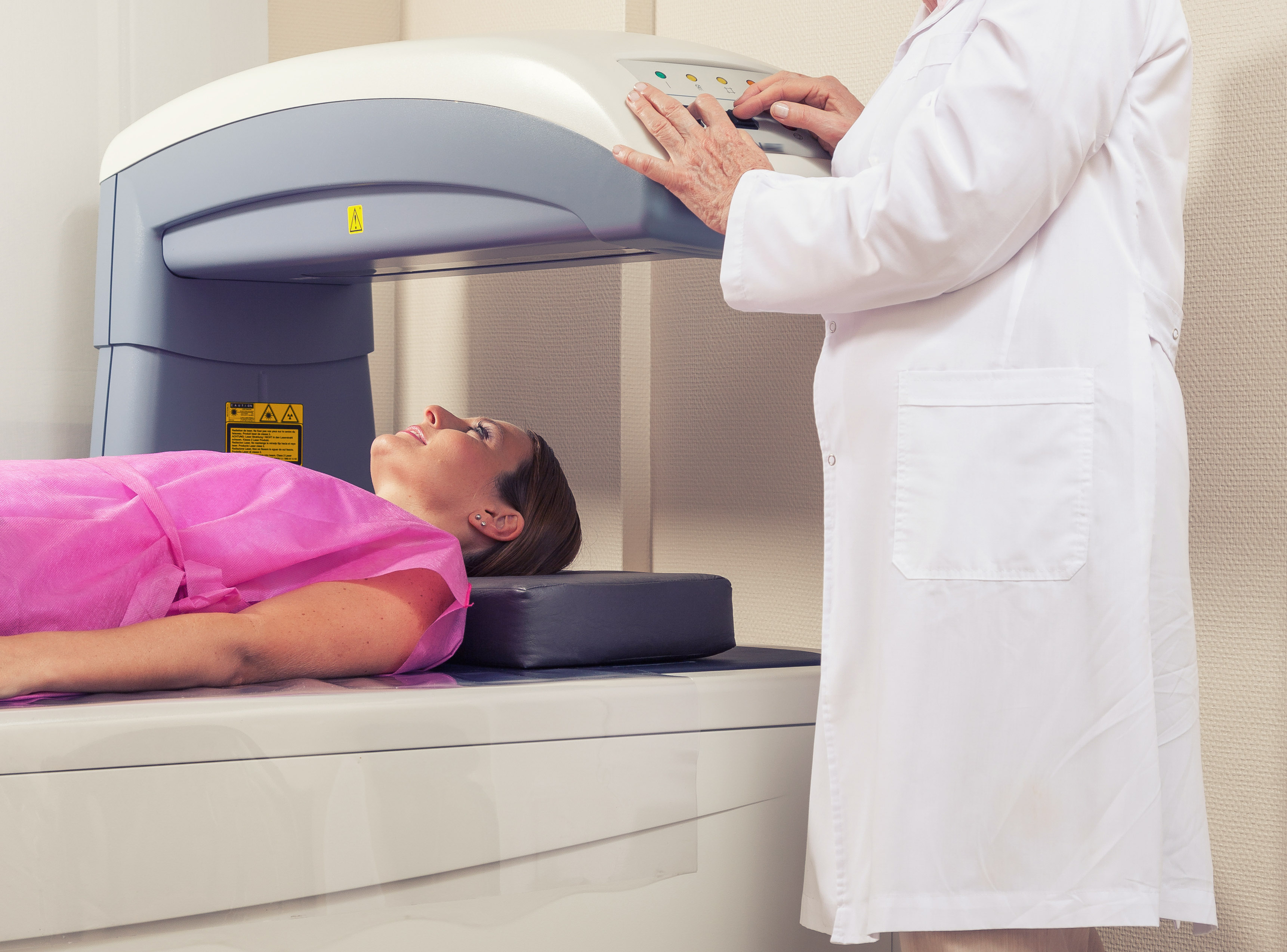 Edith Cowan University (ECU) researchers have spearheaded the discovery of an important link between vascular health and late-life dementia, with a new long-term study revealing that an existing scan can also show if women are at increased risk of developing dementia.
Edith Cowan University (ECU) researchers have spearheaded the discovery of an important link between vascular health and late-life dementia, with a new long-term study revealing that an existing scan can also show if women are at increased risk of developing dementia.
The study, published June 26th in The Lancet Regional Health – Western Pacific, found that ‘abdominal aortic calcification’ (AAC), which is currently used to predict cardiovascular disease risk such as heart attack and stroke, is also a reliable marker for late-life dementia.
And given that AAC can be easily detected using commonly available lateral spine scans to measure bone density, the team believes that such screening may also be a promising approach to identify older women at higher risk of cognitive decline and developing late-life dementia.
Led by ECU’s Nutrition and Health Innovation Institute and Centre for Precision Health, the international team, including researchers from UWA, the University of Minnesota, Sir Charles Gairdner Hospital and Harvard Medical School, examined the AAC results in 968 women from the late 1990s before tracking their health status over the next 15 years.
They found that the one-in-two older women who had medium to high levels of AAC were twice as likely to be hospitalized or die from a late-life dementia, independent of other cardiovascular factors or genetic factors.
ECU Associate Professor and National Heart Foundation Future Leader Fellow, Joshua Lewis, said that some 600,000 bone density tests are already performed each year in Australia to screen for osteoporosis, and an additional scan capturing lateral spine images can be performed when people undergo the standard procedure.
“It’s generally very quick and easy to capture these scans and they are less-invasive, cheaper and miniscule in radiation exposure compared to X-rays or CT scans,” Professor Lewis said.
“We know the causes of AAC go beyond traditional cardiovascular risk factors and many of these causes overlap with late-life dementia risk factors.
“At ECU we’re also working with the computer science team automating the AAC assessments, which will make the process a lot quicker and easier rather than needing a trained imaging expert to read the scans.
“It means these scans may be a cheap, rapid and safe way to screen a large number of susceptible older Australians for higher late-life dementia risk.”
Centre for Precision Health director Professor Simon Laws said using an AAC test, to identify dementia risk earlier in people’s life, could prove vital in warding off the condition.
“There’s an adage in dementia research that what’s good for your heart is good for your brain,” Professor Laws said.
“This study reaffirms this link and further adds to our understanding of late-onset dementia risk and potential preventative strategies.
“AAC is important as it was able to identify dementia risk in people who don’t have the major genetic risk factor present in 50 per cent of people who develop Alzheimer’s disease, which is the most common form of dementia.”

